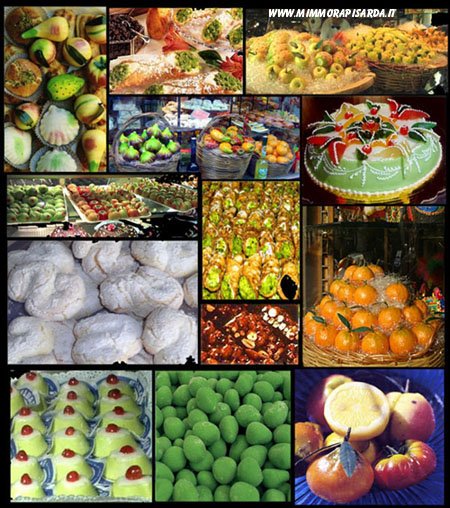
In proximity to Trapani, the saltpans are located a few kilometres to the south of the town and form part of the Riserva Naturale delle Saline, where panels of mirror-like water, held by thin strips of earth, synchronise to form an irregular and multicoloured scene.
At Paceco/Nubia the picturesque Museo del Sale can be found inside an old windmill overlooking the lagoon, (via delle Saline Tel. 0923/867442) detailing the history of the salt extracting industry. Although the importance of this local industry has waned since the 19th century, windmills are still used to supply the energy required to pump seawater from one basin to another.
Drive across the romantic "Strada del Sale" - Salt Way Road, that include a complex of brackish wetlands (Stagnone di Marsala), saltpans (Saline di Trapani) and islets (Isole dello Stagnone di Marsala) along the west coast of Sicily, south of the town of Trapani. Enjoy this scenic drive along citrus scented trails, swaying vines, and glistening salt pans.
This is a tricky road though and if you miss the right turn you might find yourself stuck into awful concrete towns and smoky industrial areas so you better bring a map or guide with you.
The Stagnone di Marsala is one of the last remaining lagoons in Sicily. It measures 10 km (north-south) by 3 km. It has an average depth of 1 m (maximum is only 2.5 m). where you will admire the contrasting bright white saltpans against the blue waters where pink flamingos, storks and grey herons bath among.
Part of the Stagnone Islands is Motya, (Mozia in Italian) an archaeological park occupies an entire island, where the 8th-century BC Phoenician and later, Carthaginian, city thrived. Dionysus I of Syracuse destroyed Motya in 398 BC, leaving ruins of intricate fortifications, docks, homes decorated with mosaic flooring, and other structures. The extensive archaeological collections of the Museo Whitaker - Open 9am–3pm (until 7pm Jun–Oct) - are displayed as Whitaker intended – the highlight is the outstanding Greek marble statue of a youth in a diaphanous pleated tunic (c.440 BC).
You can reach Motya with a short boat ride across the lagoon (10 minutes)
Our favourite drive :
Approx 29 km excursion between Trapani and Marsala along the SP 21: allow a whole day to include a visit to the Island of Mozia.
From Trapani, follow the coast road (SP 21) to Marsala which provides a succession of fine views over the saltpans of Trapani and those at Stagnone. The first stop is Nubia.
Nubia – The headquarters of the Worldwide Fund for Nature (138 Via Garibaldi) manages the Riserva Naturale Salma di Trapani e Paceco, a saltwater nature reserve habitat where 170 species of bird – resident and migratory – have been recorded. Indeed, it is not unusual to see migrating flamingos, storks, cranes and herons.
From Trapani, follow the coast road (SP 21) to Marsala which provides a succession of fine views over the saltpans of Trapani and those at Stagnone. The first stop is Nubia.
Nubia – The headquarters of the Worldwide Fund for Nature (138 Via Garibaldi) manages the Riserva Naturale Salma di Trapani e Paceco, a saltwater nature reserve habitat where 170 species of bird – resident and migratory – have been recorded. Indeed, it is not unusual to see migrating flamingos, storks, cranes and herons.
From Nubia, return to the main road and continue towards the Stagnone Lagoon, where the most spectacular saltpans are located. A sign indicates the way to the Ettore e Infersa saltworks.
There are many embarcaderos (small boat) to Mozia departing from different location along the Lagoon. After a visit to the island of Mozia you can get back to the coastal road that weaves its way to Marsala along a very pleasant route, which can be breathtakingly spectacular at sunset.







No comments:
Post a Comment